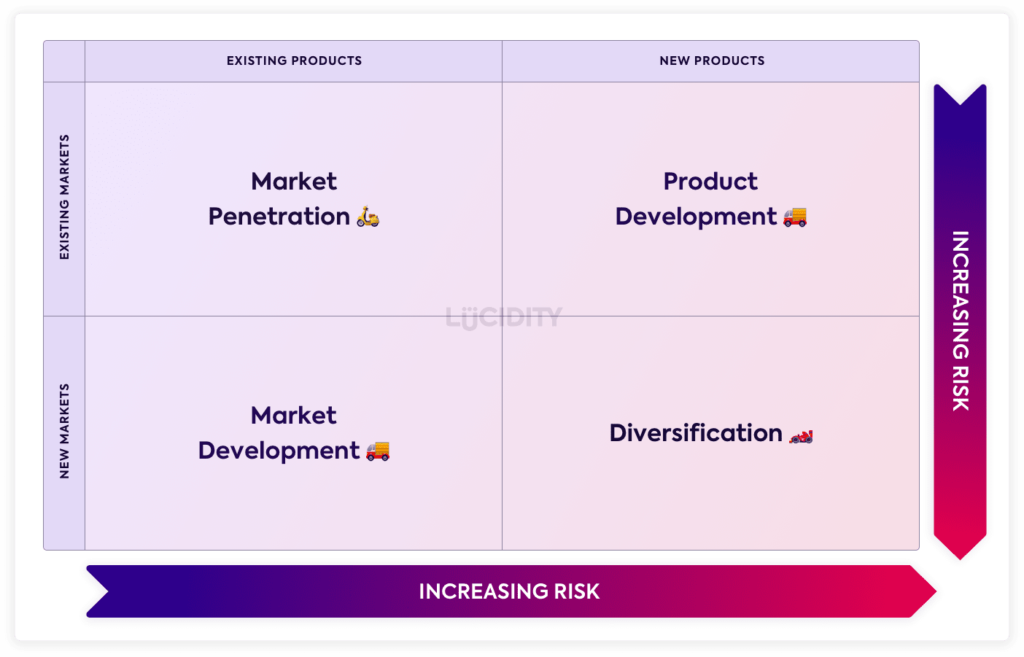Case Study | Fast And Accurate Category And Market Expansion

Overview
Fast and accurate category and market expansion are key to scaling any business. The challenge lies in the approach to that scaling, the time it takes and the risks involved.
Traditional ways of primary and secondary market research have their limitations of coverage and static nature. It also takes a lot of time. The data-driven tools evaluated by the brand house were supply-driven and not demand-driven.
It is imperative for brands to now have a method where they can do this consumer research from their desktops in a few clicks. This is all the more relevant when travel is not a favorable route to understanding markets. The Ansoff matrix is one of the constructs available to plan business growth.

We deployed our dynamic consumer demand forecasting system (Stylumia C.IT) to help one of the ambitious conglomerates of footwear brands in Switzerland. The objective was to understand demand trends of footwear in the European markets where they are not present now and take informed merchandise assortment decisions.
The Problem
The brand house has a good number of designers who understand their local market well. The brand now wanted fast and accurate market and category expansion into other European markets. Europe is not one country and it is a diverse set of markets with their own nuances. They needed a demand-sensing system that provides them with dynamic trends across their markets and category (women) of interest. Covid-19 has only accentuated demand uncertainties.
Key problem areas:
- Identify markets and categories of expansion with priority
- Understand the segment in which they operate
- Demand sense the relevant market, categories on a dynamic basis
- Validate the demand sensing with known market/category and start to configure assortment in the new market
The Stylumia Approach To Fast And Accurate Category And Market Expansion
Understanding the brand’s current state and the desired state helped us bridge the gap by asking and answering the right questions.
The Current State
- High effort required and low accuracy to estimate demand using the traditional market understanding. The tools they evaluated were mapping supply which was inaccurate from a demand perspective.
- Significant amount of uncertainty in the current processes due to COVID. COVID was a trigger point for the brand to re-think their current system to build a system which can impact their readiness for all future uncertainties.
- The director of the business had designers, brand managers and product managers working with him. The team was strong in men’s footwear and they want to expand into women’s footwear. The winter collection process starts from August till December. The summer collection process starts from February till Mid June.
The Gap
- Lack of a tool or a method to accurately understand demand on a dynamic basis. Also the existing method took a lot of time and energy to even understand the supply trends. This did not give the brand enough confidence to the brand to expand to new markets and category with speed.
The Desired State
- Creating a sustainable process for demand understanding product type, material, color and pricing
- Build a strong insights flow into the merchandise decision process
- Establish a baseline of demand accuracy in known market
The Solution
To achieve this, we deployed the Stylumia C.IT solution for adoption by the design team in their current Go to Market calendar.
Adoption Framework
The current GTM framework for every season has three steps. Product Strategy –> Concept Strategy –> Design
The tool is being used at each stage to derive different levels of insights. The segment level insights at the product strategy, sole, materials & other attribute level insights at Concept strategy and aesthetics at the design level.
The Intelligence Framework
- The overall market mapping was done for ensuring relevant data for the team
- Dynamic demand sensing using Stylumia’s propreitary Demand-Science® algorithm applied on the target data
- Testing of the demand sensing in the local market
Adoption is key to realizing value from any technology implementation. Here is our earlier article on the Retail’s technology adoption framework.
Project Execution
Onboarding of the users with relevant training. The tool is simple and intuitive for adoption by the users. We set up a monthly rhythm of review for adoption and any support required. The tool is used two to three times a week by the team during the collection building process.
The Impact
The brand house is now able to take quick and accurate decisions on their new category Women’s shoes and also new territories.
The kind of questions which are getting answered is,
- What kind of shoes are having high demand in our relevant market?
- What is the next big thing in our categories?
- What kind of materials are successful from consumer perspective?
- What colors are important to win the consumers?
- What are the winning pricing propositions? etc..
In their own words,
Now we are expanding internationally that is where Stylumia comes into play. We want to become more global
Director
After using Stylumia in the last many months, the brand house is now looking at augmenting its sustainability initiative using the Stylumia C.IT platform. The brand house is now able to explore and exploit the growth potential in the context of the Ansoff matrix given above.
An effective project governance structure and a continuous feedback mechanism were vital in the successful implementation of the framework.
In this demand-uncertain world, Stylumia acts as a Transformation Catalyst to 100+ brands and retailers including the Fortune 100 clients to help reimagine the way they compete. Our clients out-collaborate with us through a unique engagement model consisting of an interactive ecosystem of people, processes & training, and platforms, which enables them to build capabilities in the long term while generating impact in the short term.
Want to know more?
Schedule a free discovery call here.



